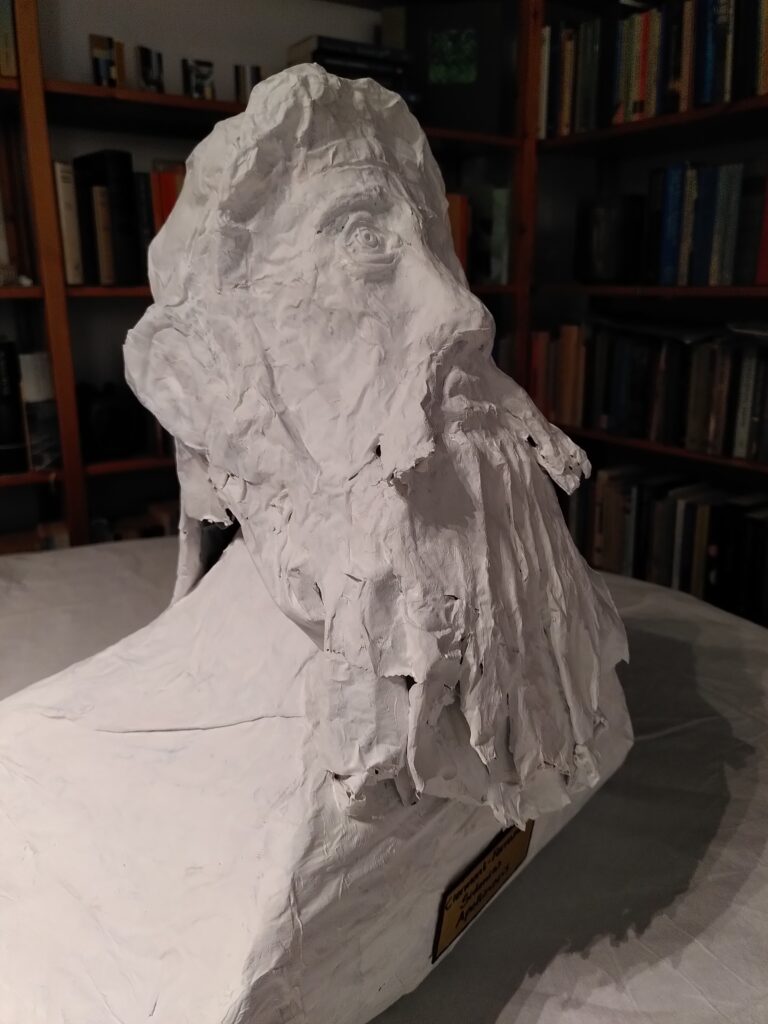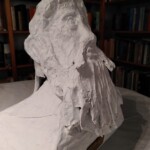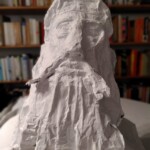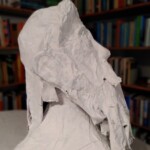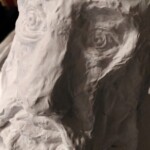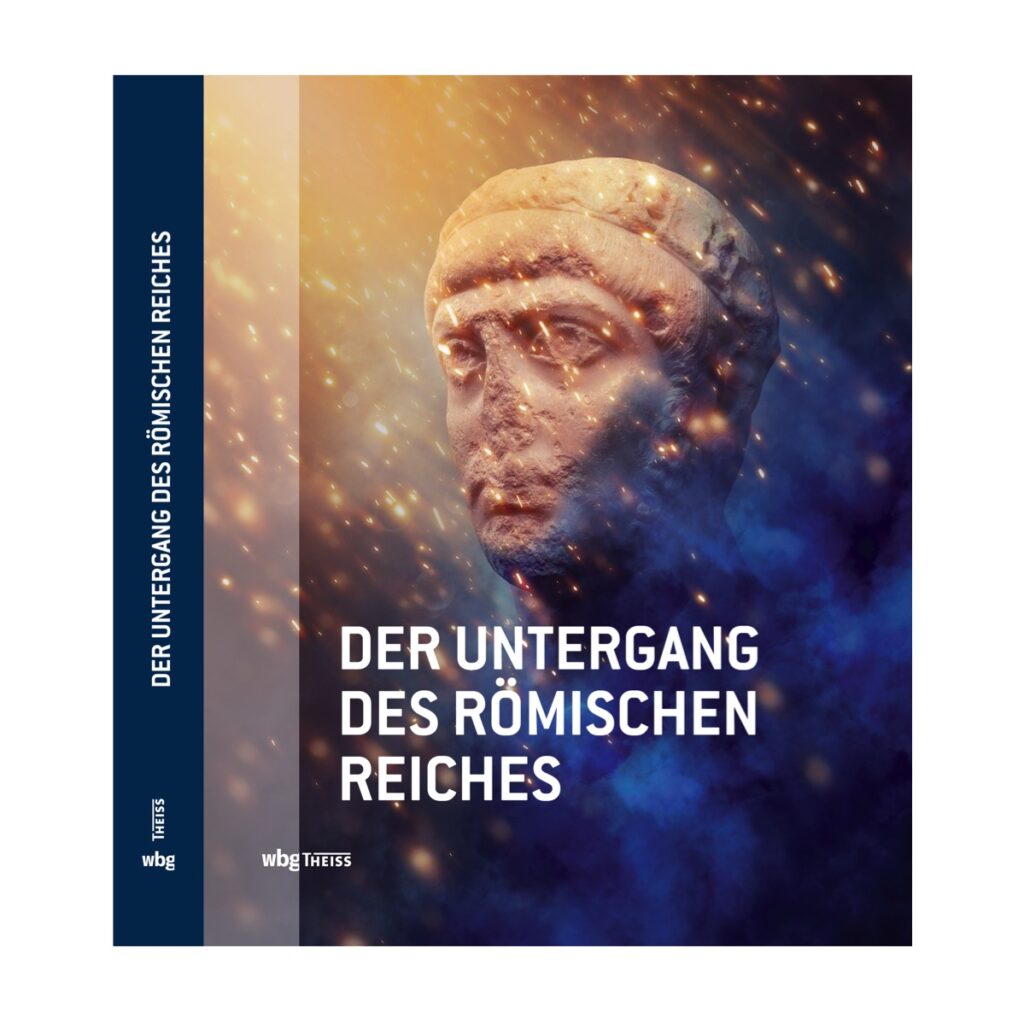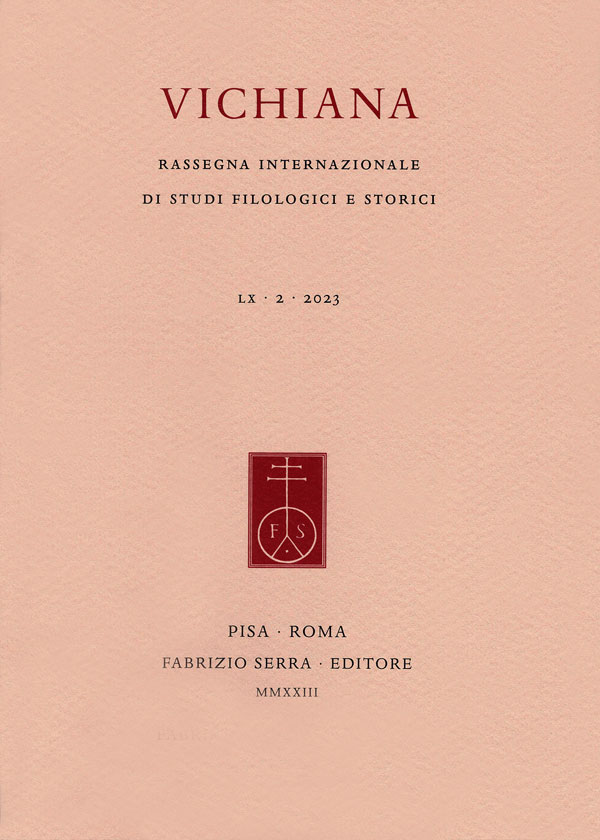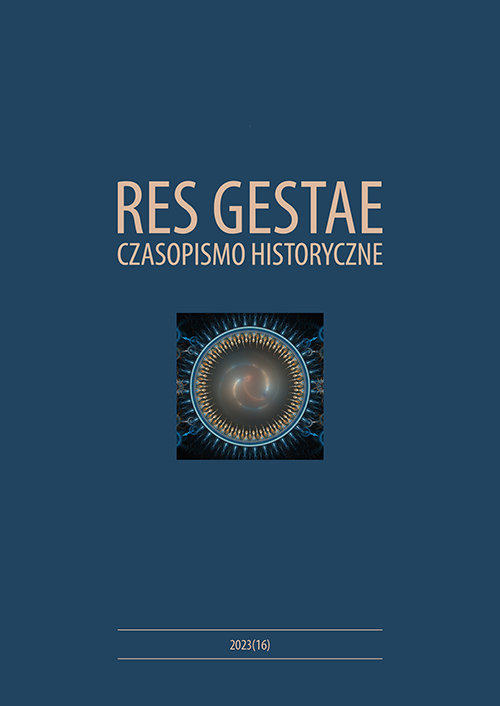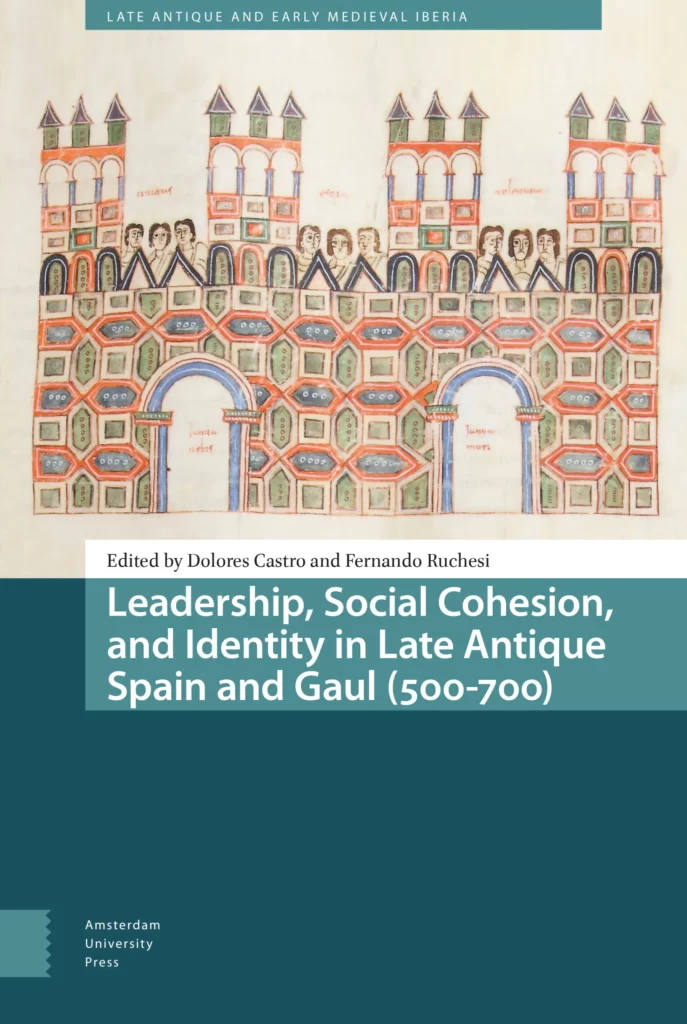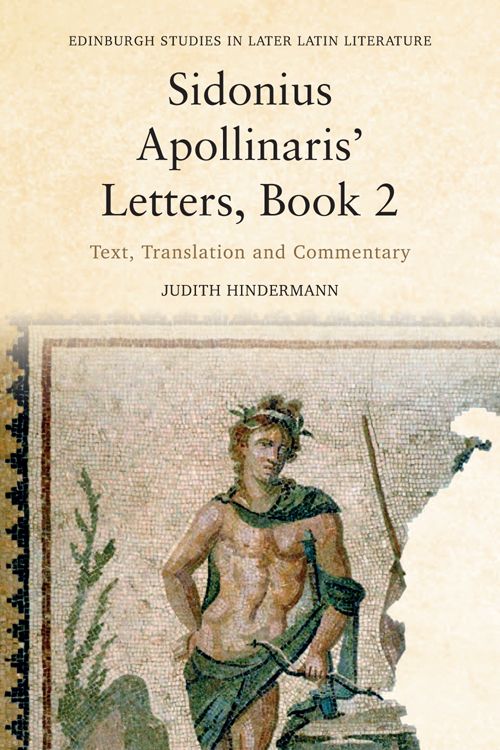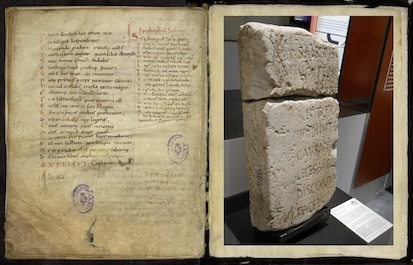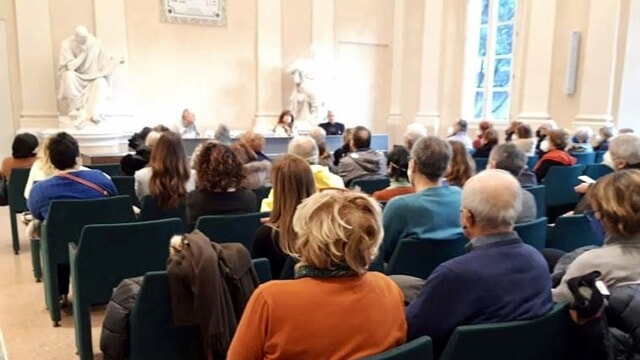A new portrait of Sidonius has come to light. Quite unexpectedly, on the eve of the Feast of St Nicholas of Myra, 5 December, a delicately crafted portrait bust of the Clermontese Saint made its appearence. Its pained expression probably points to the second, tormented phase of the bishop’s life, as Writing to Survive was the only coping strategy left to him. Further research is needed to assess the date and provenance of this fragile, papier-mâché artifact. This find considerably extends the range of visual testimonies to Sidonius’ reception, hitherto practically limited to the artworks preserved in the Prefecture in Lyon.
Full disclosure:
On the eve of the Feast of St Nicholas of Myra, 5 December, Dutch families traditionally gather to celebrate the ‘Goedheiligman’ by anonymously exchanging presents provided with teasing poems, while singing songs, eating seasonal cookies and drinking ‘bisschopswijn’. One present for each family member has to be special. It’s called a ‘surprise’, hiding a simple gift in an elaborate (if ephemeral) casing that represents a characteristic of the person concerned.
My artistically gifted granddaughter Elin (it appeared) was behind the portrait bust of Sidonius. I can’t resist showing it to everybody else who has a weak spot for poor old Sollius. Coming to think of it, it is a piece of popular reception of the Saint, and in no way inferior to those other portraits, the high-brow ones in the Provincial Prefecture in Lyon.
Joop van Waarden, 5 December 2023.
Sidonius Apollinaris 2023 by Elin van Waarden (Instagram @elinvanwaarden)
Sidonius Talking to Ambrose and Bust of Sidonius in Lyon
For other portrayals of Sidonius, see the Gallery page.

